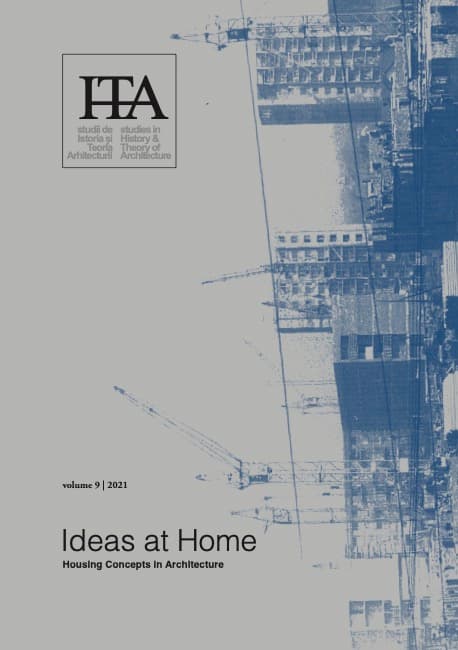Housing Agency
by
Lily Chi
Keywords
incremental housing
design for adaptation
architectural reuse
self-building
user participation
polyvalence
Pritzker Prize winner Alejandro Aravena’s project at Quinta Monroy resurfaced a design approach largely forgotten since the heyday of postwar experimentation in housing design. As was the case for Aravena, incremental housing – wherein units were designed as frameworks for customization and expansion – had roots in economic exigency: the need to produce large quantities of housing with limited state resources. Different from the more common cost-cutting practice of massive developments on cheap land far from city centers, incremental housing engaged design to maximize spatial provisions over time. The opposite of tight-fit design – “optimized” or merely expressive – but distinct also from generic lofts and spec office plates, adaptable and “progressive” housing design aims at open figurations through formal specificity. This paper explores the corollary of the question posed by sITA’s theme issue examining what incremental and adaptable design offers for contemporary design thinking more broadly.
Published in

Chicago citation style
DOI:
10.54508/sITA.9.16